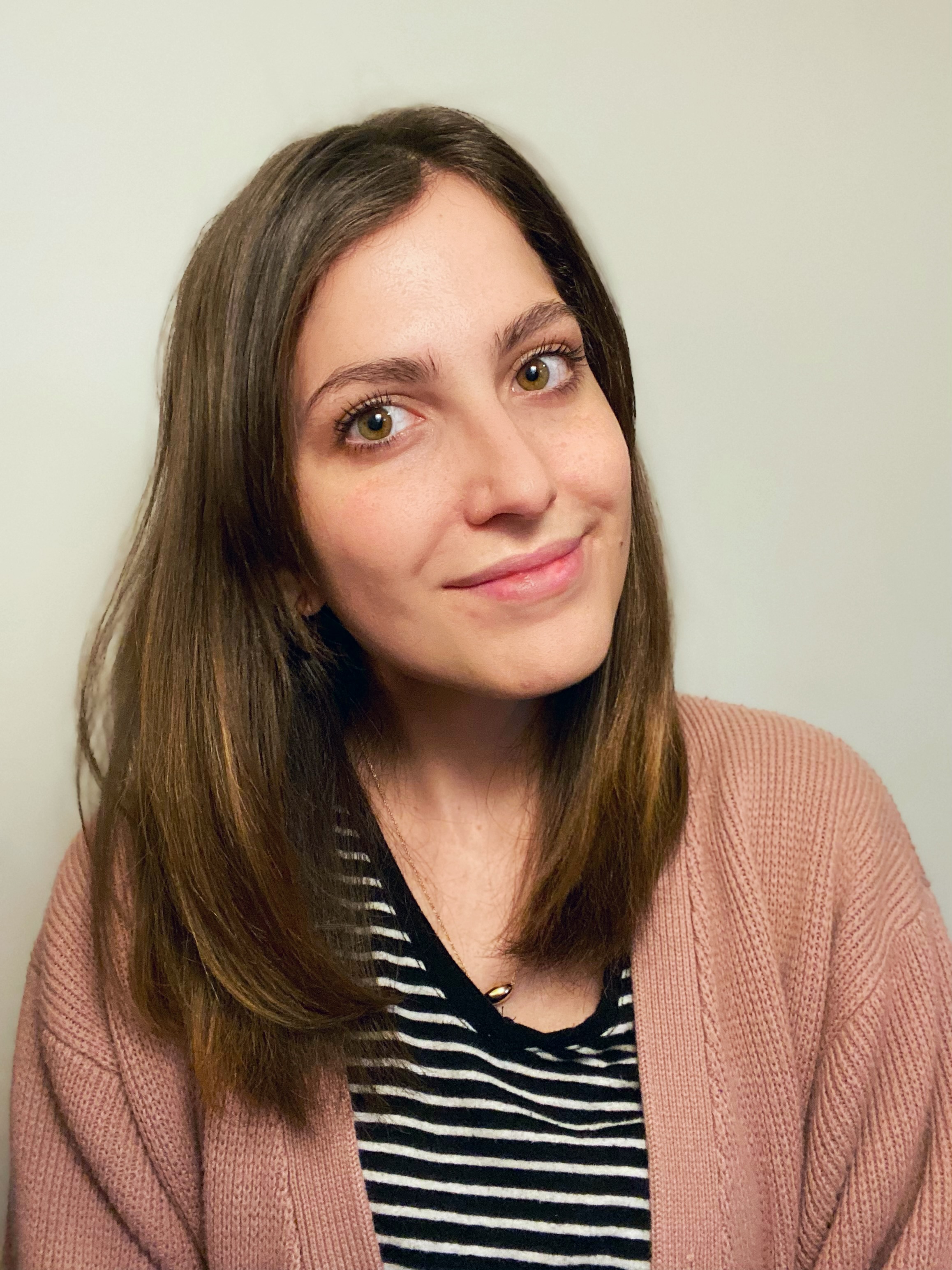What Is a High-Yield Savings Account?
What is a high-yield savings account? It's essentially the same as a traditional account, but with one key difference.

A high-yield savings account is essentially the same as a traditional savings account with one key difference — high-yield savings accounts pay a higher-than-average APY on deposits. An APY, or annual percentage yield, is the amount of interest earned on an account in one year. The APY for high-yield savings accounts can be anywhere from 3% to over 4.75% — much higher than that of a traditional account.
The national average savings account yield is just 0.54%, according to Bankrate, while some of the best high-yield savings accounts offer rates of over 4%.
Here's what you need to know about opening a high-yield savings account. Also, use our tool, in partnership with Bankrate, to compare savings rates today.
When should you use a high-yield savings account?
If you're not using a high-yield savings account, you're leaving money on the table. Because high-yield savings accounts offer higher rates than traditional savings accounts, your cash will accrue more interest by simply sitting in a high-yield account, with no effort on your part. And there's no risk, either.
High-yield savings accounts are great options for emergency funds and short-term savings goals. Unlike CD accounts, which have penalties if money is withdrawn before a certain time frame (typically a year or more), money in your savings account is more liquid. You can usually access and withdraw funds from your high-yield account up to six times a month without incurring penalties. Therefore, these accounts are good options for saving any cash you need accessible.
Pros of high-yield accounts
Higher APYs: Since high-yield savings accounts have higher APYs than traditional savings accounts, you’ll accrue more interest over time. Plus, interest in these accounts is compounded daily.
Safety: Many high-yield accounts are FDIC or NCUA insured, meaning that if something were to happen to the bank your account is with, your money will still be safe.
Accessibility: While there are limitations to the number of free withdrawals you can make from a savings account, your money is still readily accessible whenever needed.
Cons of high-yield accounts
Harder to access than traditional savings accounts: If you have a savings account that's with a different bank than your checking account, you may have to wait a few days for funds to transfer from one to the other. Plus, you won’t be able to easily view account details for both accounts in one place.
Not suited for long-term goals: If you’re looking to save for long-term goals, like retirement, other investments, like stocks, are usually a better choice for your money. The rate of inflation can be higher than what you accrue in interest.
Variable interest rates: Since interest rates are variable, the APY on the account can decrease from the rate it was when you opened the account.
Online banks: Since most high-yield accounts are offered by online banks, you likely won’t have branch access so contacting customer service can be more challenging.
How much can I earn in a high-yield account?
Many high-yield savings accounts can earn a high APY on balances, but what does this actually look like?
Let’s say you put $10,000 into an account with a 3% APY. After a year, your balance would accrue $300. If you’re looking to save for an upcoming purchase, or just want to maximize your savings as best as possible, it’s a very simple way to do just that.
How to open a high-yield savings account
So, how do you open a savings account? You’ll open a high-yield savings account in the same way you’d open a traditional one, except you may have to forgo your brick-and-mortar bank for an online bank or credit union, as these are where high-yield accounts are typically offered.
First, you’ll need to opt for an account that works best for you. To do so, you’ll need to take into account not only the APY of the account but also the associated fees. Some accounts have minimum deposit limits or balance requirements, which can charge fees that can potentially take a chunk out of your accrued savings if these requirements are not met.
After taking this into consideration and choosing an account, you’ll then be required to submit an application, providing personal information such as your Social Security number, home address and driver's license number. Once your account is open and money has been deposited, it functions the same as a typical savings account — and you can add or withdraw funds as you please.
Bottom line
If you’re looking for an easy way to maximize your savings — try transferring your cash to a high-yield savings account. You’ll have a higher rate of return than that of a traditional savings account, earning you more in the long run
Related Content
Profit and prosper with the best of Kiplinger's advice on investing, taxes, retirement, personal finance and much more. Delivered daily. Enter your email in the box and click Sign Me Up.

Erin pairs personal experience with research and is passionate about sharing personal finance advice with others. Previously, she was a freelancer focusing on the credit card side of finance, but has branched out since then to cover other aspects of personal finance. Erin is well-versed in traditional media with reporting, interviewing and research, as well as using graphic design and video and audio storytelling to share with her readers.
-
 Holiday Tax Scams: 'Tis the Season to be Wary
Holiday Tax Scams: 'Tis the Season to be WaryTax Scams Navigating tax tricks of the holiday season may be daunting, but don't let that destroy your festive spirit
-
 Metro by T-Mobile Is Giving Away This Samsung Galaxy A16: Which Plans Are Eligible?
Metro by T-Mobile Is Giving Away This Samsung Galaxy A16: Which Plans Are Eligible?Metro by T-Mobile is offering free Samsung Galaxy A16 phones on eligible plans right now. Here’s how the deal works.
-
 I Drive and Collect Classic Cars: Here’s How I Got Started
I Drive and Collect Classic Cars: Here’s How I Got StartedAre classic cars a hobby or an investment strategy — or both? Either way, the vintage car scene is much cooler and more affordable than you think.
-
 Metro by T-Mobile Is Giving Away This Samsung Galaxy A16: Which Plans Are Eligible?
Metro by T-Mobile Is Giving Away This Samsung Galaxy A16: Which Plans Are Eligible?Metro by T-Mobile is offering free Samsung Galaxy A16 phones on eligible plans right now. Here’s how the deal works.
-
 I Drive and Collect Classic Cars: Here’s How I Got in the Game Without Spending a Fortune
I Drive and Collect Classic Cars: Here’s How I Got in the Game Without Spending a FortuneAre classic cars a hobby or an investment strategy — or both? Either way, the vintage car scene is much cooler and more affordable than you think.
-
 My First $1 Million: Retired Middle School Teacher, 68, North Carolina
My First $1 Million: Retired Middle School Teacher, 68, North CarolinaEver wonder how someone who's made a million dollars or more did it? Kiplinger's My First $1 Million series uncovers the answers.
-
 4 Financial To-Dos to Finish 2025 Strong and Start 2026 on Solid Ground
4 Financial To-Dos to Finish 2025 Strong and Start 2026 on Solid GroundDon't overlook these important year-end check-ins. Missed opportunities and avoidable mistakes could end up costing you if you're not paying attention.
-
 9 Types of Insurance You Probably Don't Need
9 Types of Insurance You Probably Don't NeedFinancial Planning If you're paying for these types of insurance, you may be wasting your money. Here's what you need to know.
-
 I'm an Insurance Pro: It's Time to Prepare for Natural Disasters Like They Could Happen to You
I'm an Insurance Pro: It's Time to Prepare for Natural Disasters Like They Could Happen to YouYou can no longer have the mindset that "that won't happen here." Because it absolutely could. As we head into 2026, consider making a disaster plan.
-
 The Future of Philanthropy Is Female: How Women Will Lead a New Era in Charitable Giving
The Future of Philanthropy Is Female: How Women Will Lead a New Era in Charitable GivingWomen will soon be in charge of trillions in charitable capital, through divorce, inheritance and their own investments. Here's how to use your share for good.
-
 The Retirement Donor's Checklist: Key Deadlines by Gift Type
The Retirement Donor's Checklist: Key Deadlines by Gift TypeRetirees have some charitable contribution options that can help avoid spikes in income from RMDS and capital gains.